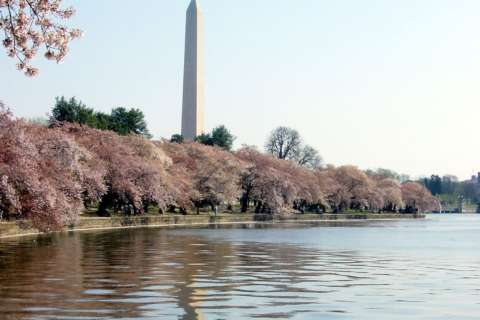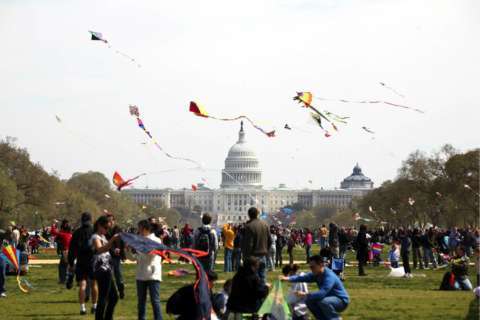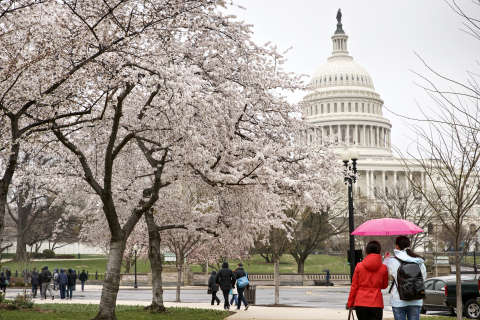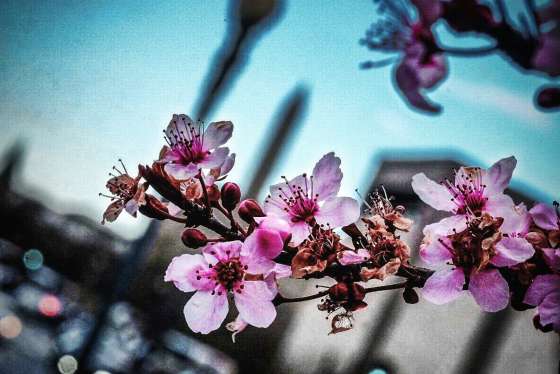WASHINGTON — In 1912, Mayor Yukio Ozaki of Tokyo gifted 3,000 cherry trees to the nation’s capital. More than 100 years later, this act of kindness is still celebrated.
And even though the trees arrived in 1912, the process of bringing them to D.C. took years — and it all started with the request from Eliza Ruhamah Scidmore in 1885.
According to the National Park Service, Scidmore, the first female board member of the National Geographic Society, approached the U.S. Army superintendent of the Office of Public Buildings and Grounds after returning from her first visit to Japan.
She asked that cherry trees be planted along the Potomac River, but her request was ignored.
In 1909, Scidmore decided to take it upon herself to raise the funds needed to purchase the cherry trees and donate them to the city. She wrote a letter to the first lady, Helen Herron Taft, outlining her plan, and quickly heard back. The first lady was onboard.
Days later, Dr. Jokichi Takamine, a Japanese chemist, was visiting D.C., and asked the first lady if she would accept a donation of 2,000 cherry trees. On Dec. 10, the trees arrived in Seattle from Japan, and started their journey to D.C. They arrived at their final destination on Jan. 6.
Shortly after their arrival, the Department of Agriculture discovered the trees were infested and diseased, and were ordered to be destroyed. Japan suggested a second donation, and on March 26, 1912, 3,020 cherry trees arrived in D.C. and were planted along the Tidal Basin.
The U.S. reciprocated the gesture by gifting flowering dogwood trees to Japan.
In 1965, the Japanese government made another donation of 3,800 to Lady Bird Johnson, wife of President Lyndon Baines Johnson. Many of these trees were planted on the grounds of the Washington Monument.
The first Cherry Blossom Festival was held in 1927, and has since expanded. Now, the celebration spans four weekends in March and April, and attracts more than 1.5 million people from all over the world.








